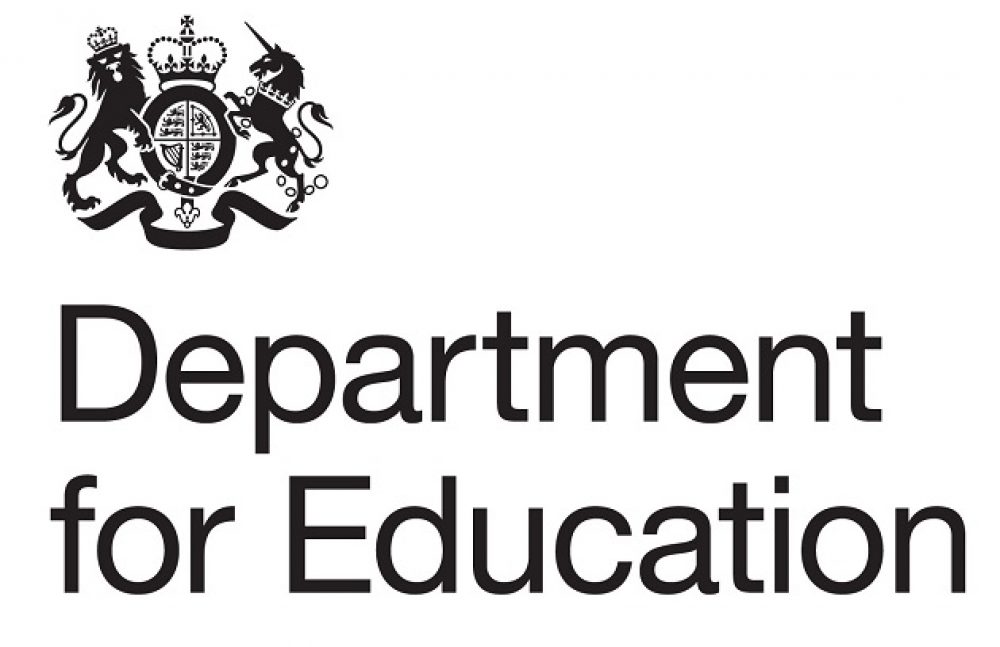The Department for Education has been accused of not doing enough to train new teachers – as the rate of vacancies rockets by nearly ten-fold.
A report published today by the National Audit Office [read the main points here] has revealed a series of weaknesses in the government’s strategy for recruiting teachers.
The department was also criticised for failing to hit teacher recruitment target for four years running, with 14 out of 17 secondary subjects facing unfilled training places last year.
New figures published by the NAO today have seemingly vindicated calls of a growing recruitment crisis from beleaguered headteachers.
The report revealed the number of teacher vacancies has risen from 350 (0.1 per cent of the workforce) in 2011, to 3,210 (0.9 per cent) in 2014.
Although the NAO states these figures are still relatively low, the DfE has admitted they only reveal part of the picture because data is taken in November when vacancy rates are considered small.
Education standards won’t rise unless high quality teachers recruited and retained in a coordinated way
However the DfE said there are more teachers than ever before and a Conservative spokesperson claimed the biggest threat to recruitment is the negative picture of schools painted by teaching unions.
Amyas Morse, head of the National Audit Office, said: “Until the department meets its targets and can show how its approach is improving trainee recruitment, quality and retention, we cannot conclude that the arrangements for training new teachers are value for money.”
Meg Hillier, chair of the committee of public accounts, said the report reveals “many issues” at the heart of the department’s recruitment strategy.
She added: “Hundreds of training places in key subjects were left empty last year, while others were over-subscribed.”
The NAO said the biggest driver behind the recruitment issues is the number of teachers leaving the profession – which has risen by 11 per cent between 2011 and 2014.

The proportion of those who chose to leave the profession ahead of retirement also increased from 64 per cent to 75 per cent.
Unions have accused the DfE of ignoring the problem and have urged officials to work with them on finding a solution.
Russell Hobby, general secretary of school leaders’ union NAHT, (pictured right) said: “School leaders should be able to expect the government to supply the basics for them to work within – funding, buildings and, of course, enough high quality people.
“Education standards won’t rise unless high quality teachers are recruited and retained in a coordinated way.”
The DfE said the report “makes clear” that more people are entering the teaching profession than leaving it.
A spokesperson said: “Indeed the biggest threat to teacher recruitment is that the teaching unions and others, use every opportunity to talk down teaching as a profession, continually painting a negative picture of England’s schools.
“The reality on the ground couldn’t be more different, with the quality of education in this country having been transformed by the most highly qualified teaching workforce in history, resulting in 1.4 million more pupils being taught in good and outstanding schools compared with five years ago.”



The DFE needs to take this report extremely seriously. Not only does the report confirm that teacher shortages are real, it makes it clear that the problem is getting worse. The government must as a matter or urgency review the way in which it estimates the need for new teachers, both nationally and regionally. It should also, as the report recommends, introduce a recruitment system which allows training providers to plan their provision over a number of years. Without this they will not be in a position to meet demand from schools.
At last – the DfE admits the ‘1.4 million more pupils’ in good or better schools than was the case five years ago is down to teachers. The usual reason given is Government reforms.
That said, FullFact found the increased number of pupils in good or better schools, although correct, was partly due to changes in inspection practices. https://fullfact.org/education/million-more-pupils-good-or-outstanding-schools-not-just-simple-story-school-improvement/
And we must remember the improvement in Ofsted grades is in the primary sector where there are very few academies. Improvement has stalled in the heavily-academised secondary sector. Correlation isn’t causation, of course, but it does rather undermine the Government’s claim that academy conversion is essential for school improvement.
The government is hitting back by saying overall teacher numbers have risen, blaming unions for “talking down” the profession. I think teachers on the front line know best!
Of course teacher numbers have gone up, we’ve got a massively increasing school population. Quoting numbers is meaningless. The key question is whether there are enough high quality teachers available to educate the rising number of pupils. And this problem will only get worse as the bulge in primary numbers passes into the secondary sector where there are already shortages in many subject areas.